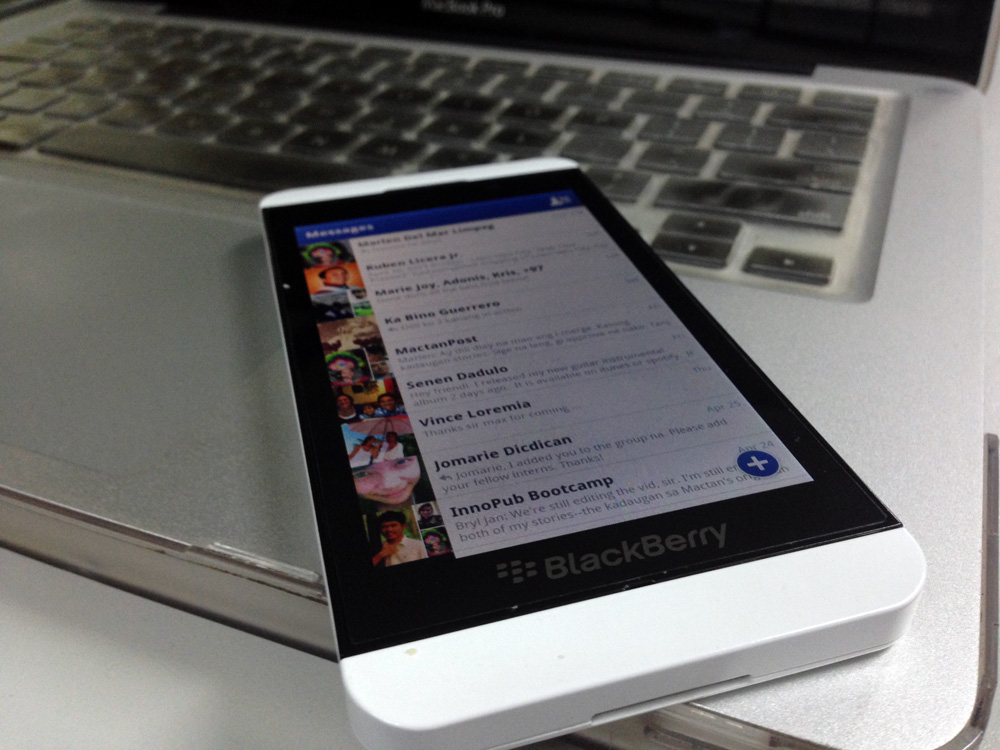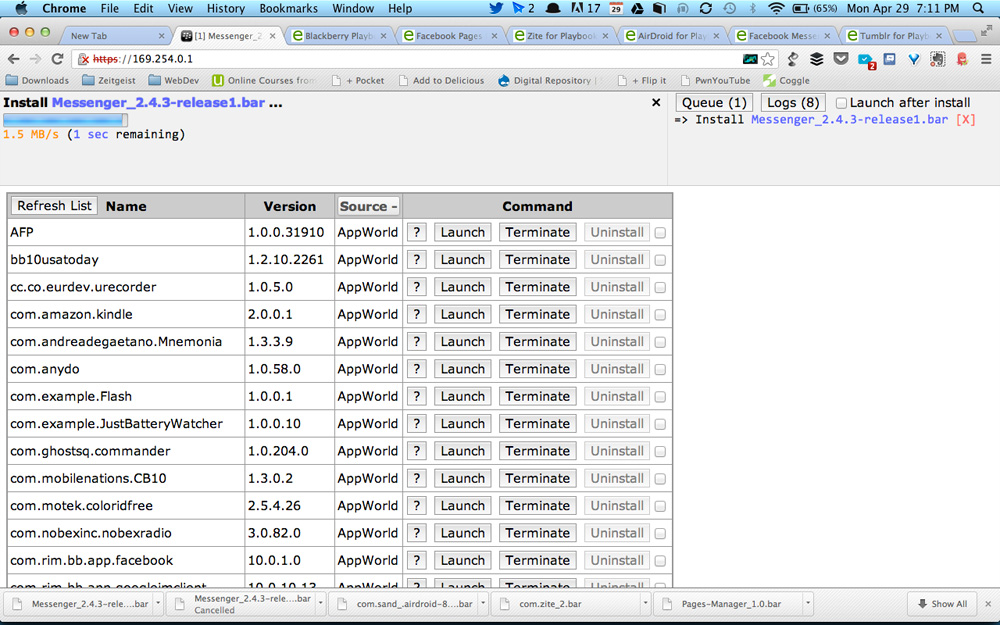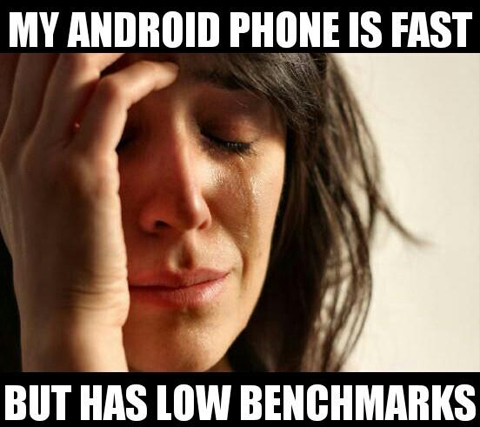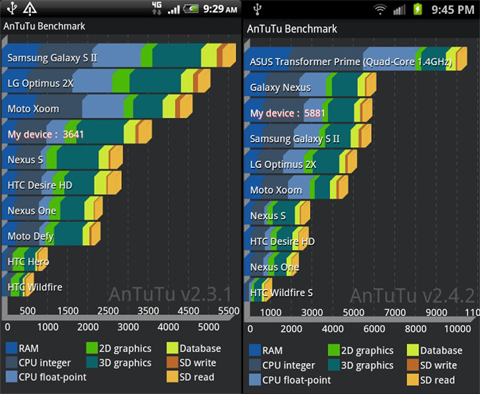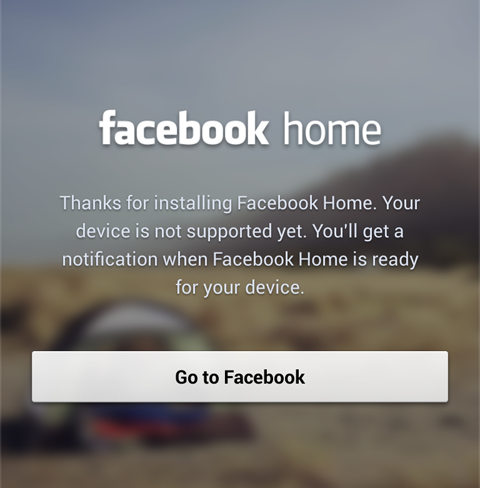Several reports are circulating that the next version of Android will actually be Version 4.3 and will still be called Jellybean. So, what happened to Key Lime Pie? Indulge us for a bit, and join in the discussion. Here are the things we want to see and the stuff that you can possibly expect in Android 4.3.
Jellybean vs Key Lime Pie
Through server logs, Android Police has been able to identify that the next version will be indeed 4.3 Jellybean. This has been confirmed by more reports such as the leak of an LTE Nexus 4 running Android 4.3.0.

But where’s Key Lime Pie? We don’t know. But something tells us Google IO will be more evolutionary than revolutionary, since we’re not even expecting to see a new Nexus phone – only a refresh and possible tablets. Key Lime Pie might arrive in the holiday season or so, but for the meantime, it looks like Google is busy trying to name and update all devices to Jellybean. They might not be of the same version number, but the effect of having majority of Android devices on Jellybean is bigger than you think.
Enhanced Gaming
Google just hired a Chief Game Designer, Noah Falstein, in which we don’t really hear much about Google when we’re talking about games. However, another report hints that the next version of Android will have Bluetooth Low Energy (BLE) and Open GL ES 3.0 – which is a graphics specification which will allow better shades and all.
Google’s Unified Messaging App

We’ve talked about this before in our article Google I/O 2013: What To Expect. However, new speculation states that it will only be called “Hangout” – and that remains yet to be confirmed.
It’s probably going to be competing with iMessage and the like, and you can only imagine the users it will get especially with all the Android users out there. Communication will be a lot easier.
Here’s what we want to see:
So basically, that’s it. Those are the only clues that we have on the next version of Android. To make the list longer and a little more interesting, here’s what we want to see in Android 4.3 Jellybean.
- A Better App Drawer - The app drawer is pretty much tinkered with in every Android skin. Also, it’s gone a little stale in stock versions of Android. We’d like to see better customization here, such as to hide unwanted apps, make folders and etc.
- Full Android Backup - When switching Android devices, you have to customize it all over again – widgets here, shortcuts there. Yes, you can go to the Play Store or root for that matter, but we’d like something easier and built-in to the system.
- Battery Percentage - This one is a small want as well, since you can go to the Play Store to solve this, but it would be nice if the option to display the battery percentage on the notification bar was native.
- A “close all” button at the task switcher - When opening the task switcher, it’s a little hassle to swipe all of the apps away – so, Google, why not add a small “close all” button somewhere; manufacturers are doing it with their skin, so why not stuff it in?
- Task & File Manager - As a stock Android user, I didn’t see any native apps that worked like a task manager or a file manager. I still had to download AndroZip and all. I know Google can make better designed software than those who make third-party apps, so… yeah. I’d like that.
Don’t worry guys, if you didn’t like the list or the expected features, you can wait for Windows Phone 9 or iOS 7 – which is said to be packing a major overhaul as well. So, are you buying into Android with all of that said? What features would you like to see in Android’s next? Leave a comment in the section down below.
The post Android 4.3: What We Want To See & What To Expect appeared first on YugaTech | Philippines, Tech News & Reviews.
